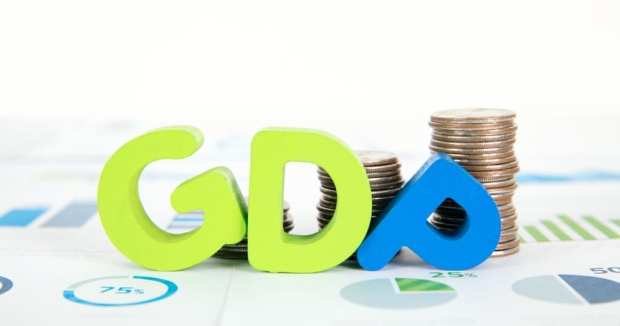Retail Data Points To Tough Sledding For US Economy — Or Vice Versa?

GDP growth is slowing, and retail numbers show lumpiness. Amid wage growth, full employment, a Fed keeping rate boosts in check, are things as good as they get for retail and the consumer?
The saying goes that one data point does not a trend make. And so what are we to make of retail sales data that debuted this week?
As reported, in the United States, “core” retail sales were up a bit for January, but the December numbers were revised downward. The headline numbers showed that, per the Commerce Department, retail sales were up 20 basis points from December, buoyed at least a bit by discretionary spending. But then again, December sales were off 1.6 percent, worse than the 1.2 percent slide that had been reported. All major retail categories, we noted in the aftermath of the report, were off, with the exception of building materials as well as motor vehicles, fell during the month. Department store sales fell by 3.3 percent.
As Reuters reported, the December slip was the biggest one notched since September of 2009. And the January numbers mean that only a bit of that drop was recovered. Digging deeper, the retail numbers, if you strip out gasoline and building materials and a number of other items, were up 1.1 percent, which again was not enough to compensate for the 2.3 percent downdraft in December.
Against that backdrop, might we assume that gross domestic product (GDP) got a bit of drag as well in the fourth quarter and into the first quarter? After all, consumer spending accounts for about two-thirds of the economy, so it stands to reason that as the consumer goes, the economy goes. The slowdown is already in the cards, as data show that the U.S. economy grew at a 2.6 percent annualized pace for the fourth quarter, which is in turn a marked slowdown from 3.4 percent seen in the third quarter. Expectations, as reported, are for a 2.1 percent pace upon revised data slated for later in March.
The Atlanta Federal Reserve has a GDP growth forecast for the first quarter that stands at 40 basis points. The anemic growth comes as stimulus from the tax cut passed under the Trump administration may feel a bit like it is in the rearview mirror, and where tax refunds have been getting smaller, or in fact have been nonexistent as consumers may be finding that they actually owe money to Uncle Sam and state governments.
As Reuters noted, the Fed has decided to stand pat on rates and Fed chairman Jerome Powell has said that there is “no hurry” to boost rates again. And yet: The slowdown and very anemic recovery came even as wage growth has been rising faster than has been seen in a while, as firms jockey for talent. Consumer prices, data showed this week, were up 20 basis points in February, as the headline number got a lift from slightly higher gas and housing prices.
With an economy ostensibly near full employment, wage growth in place and rate increases being kept in check, but consumer spending erratic and possibly slowing, one wonders what the next GDP report will bring.
